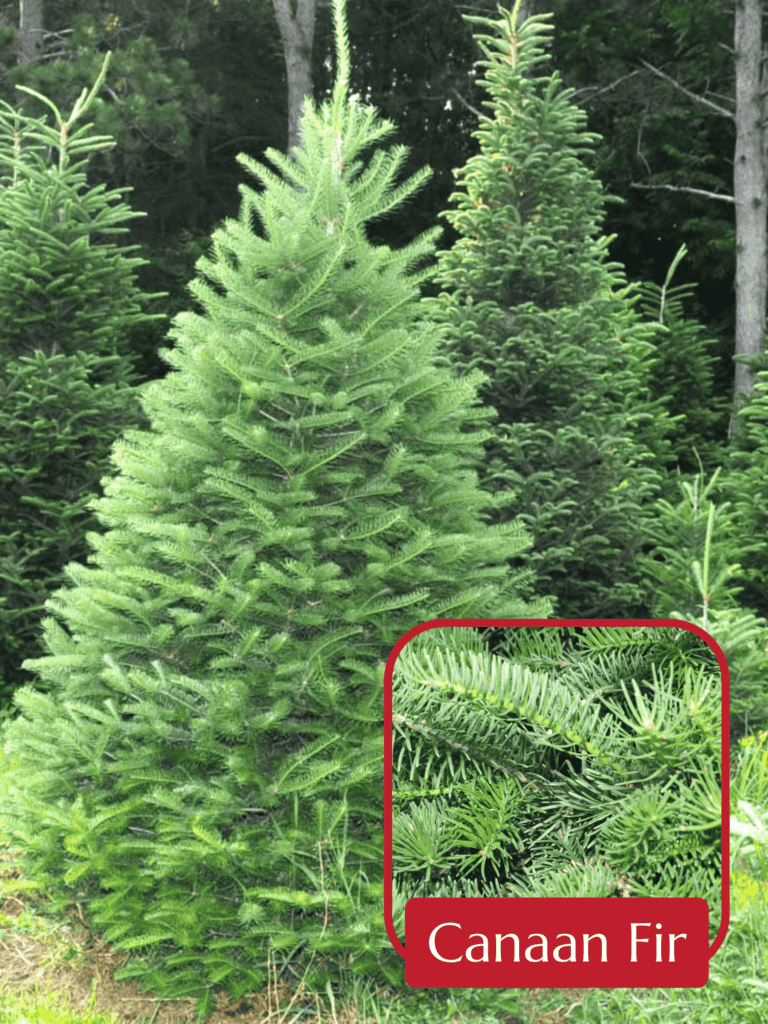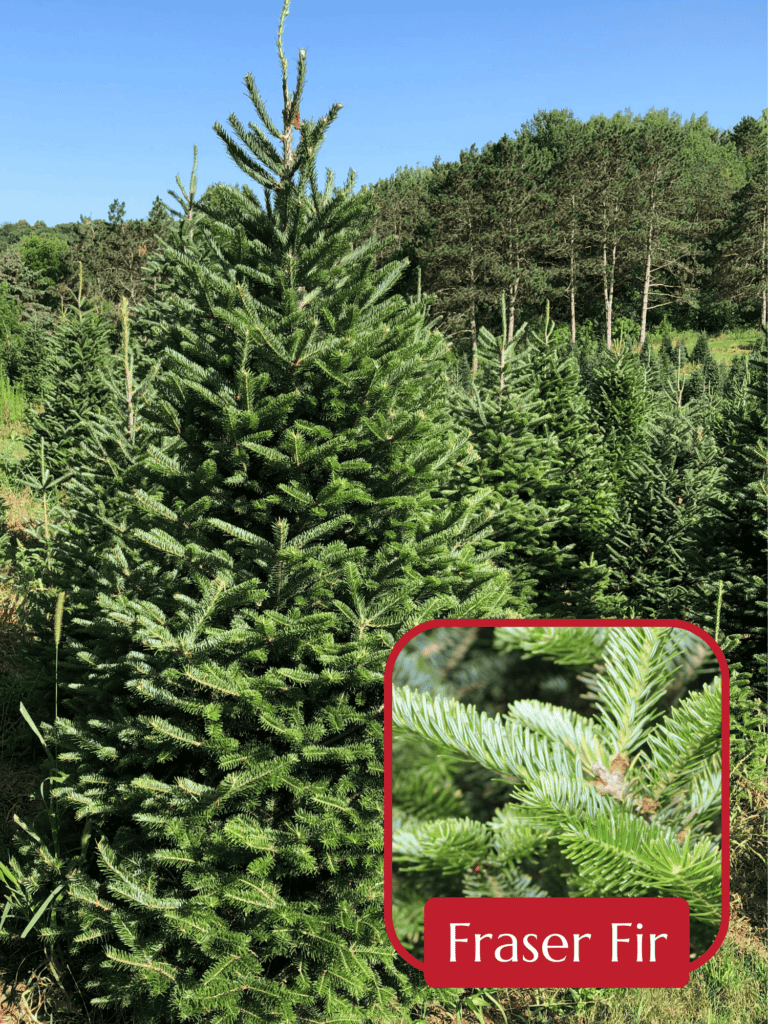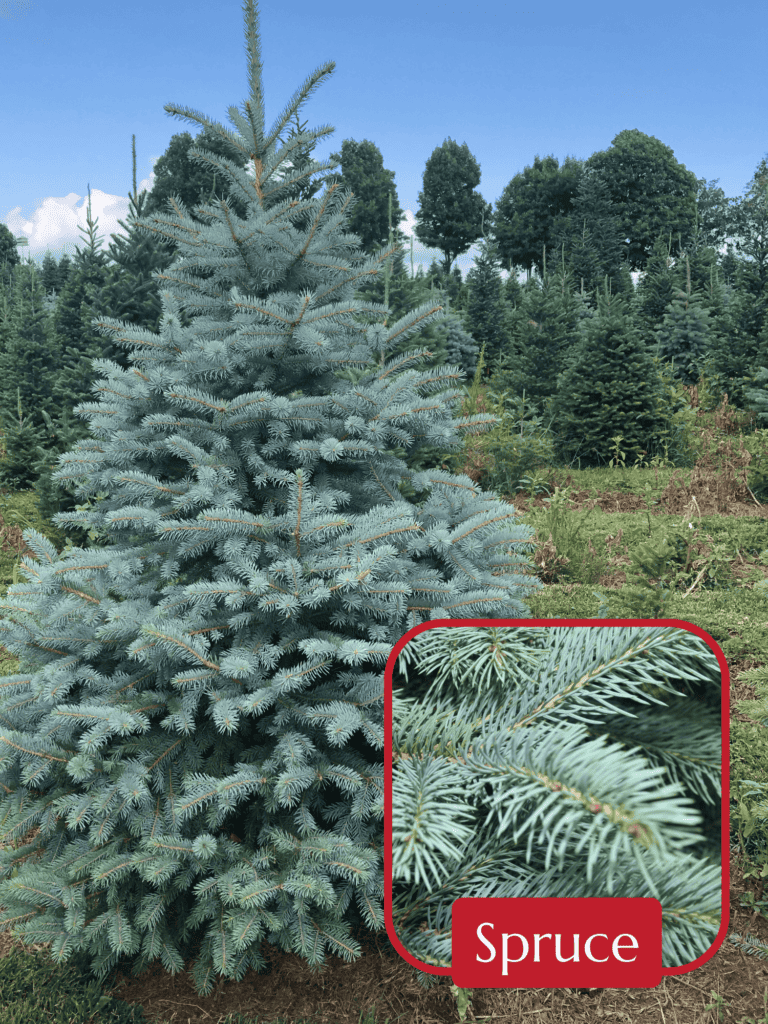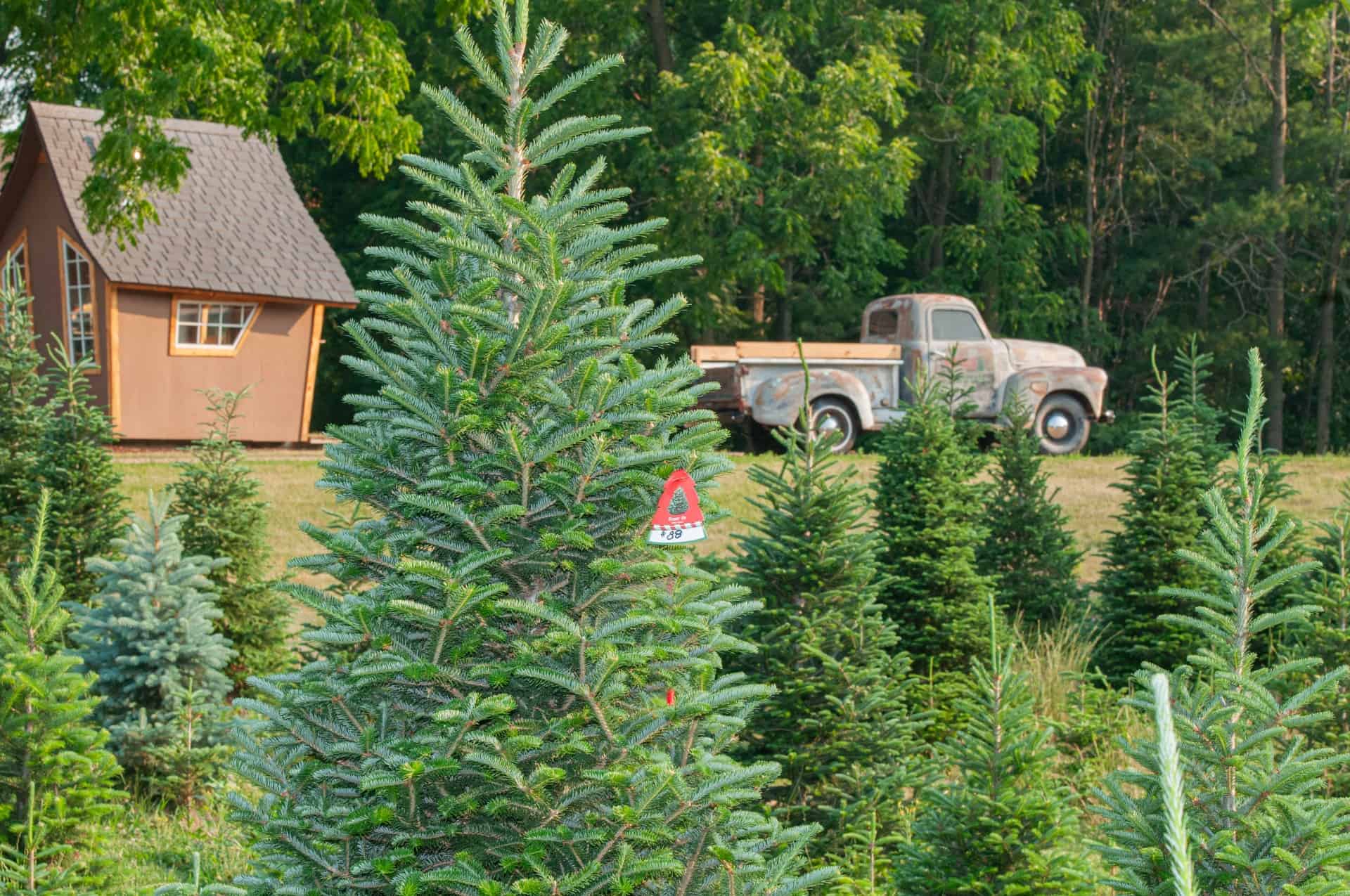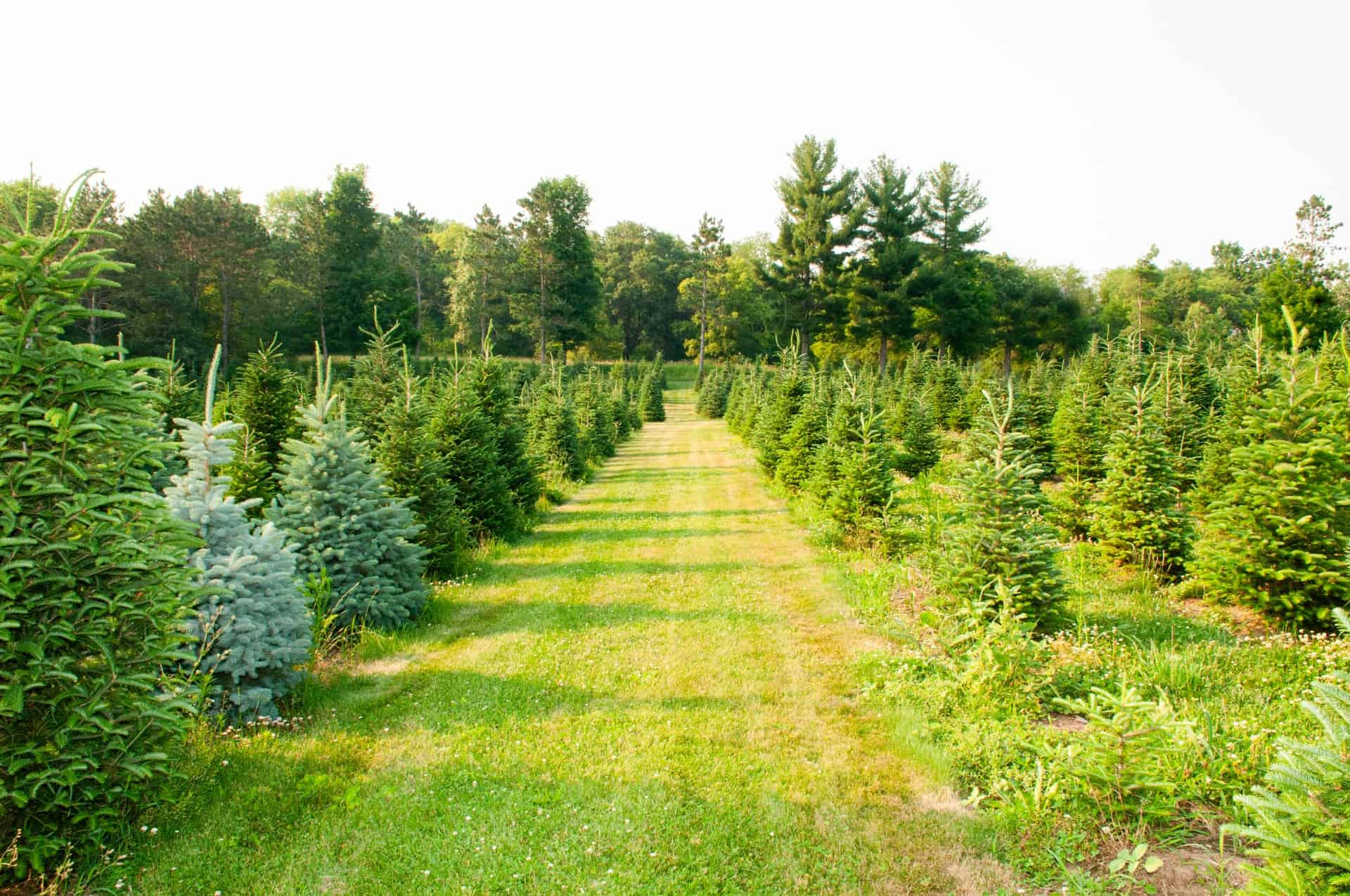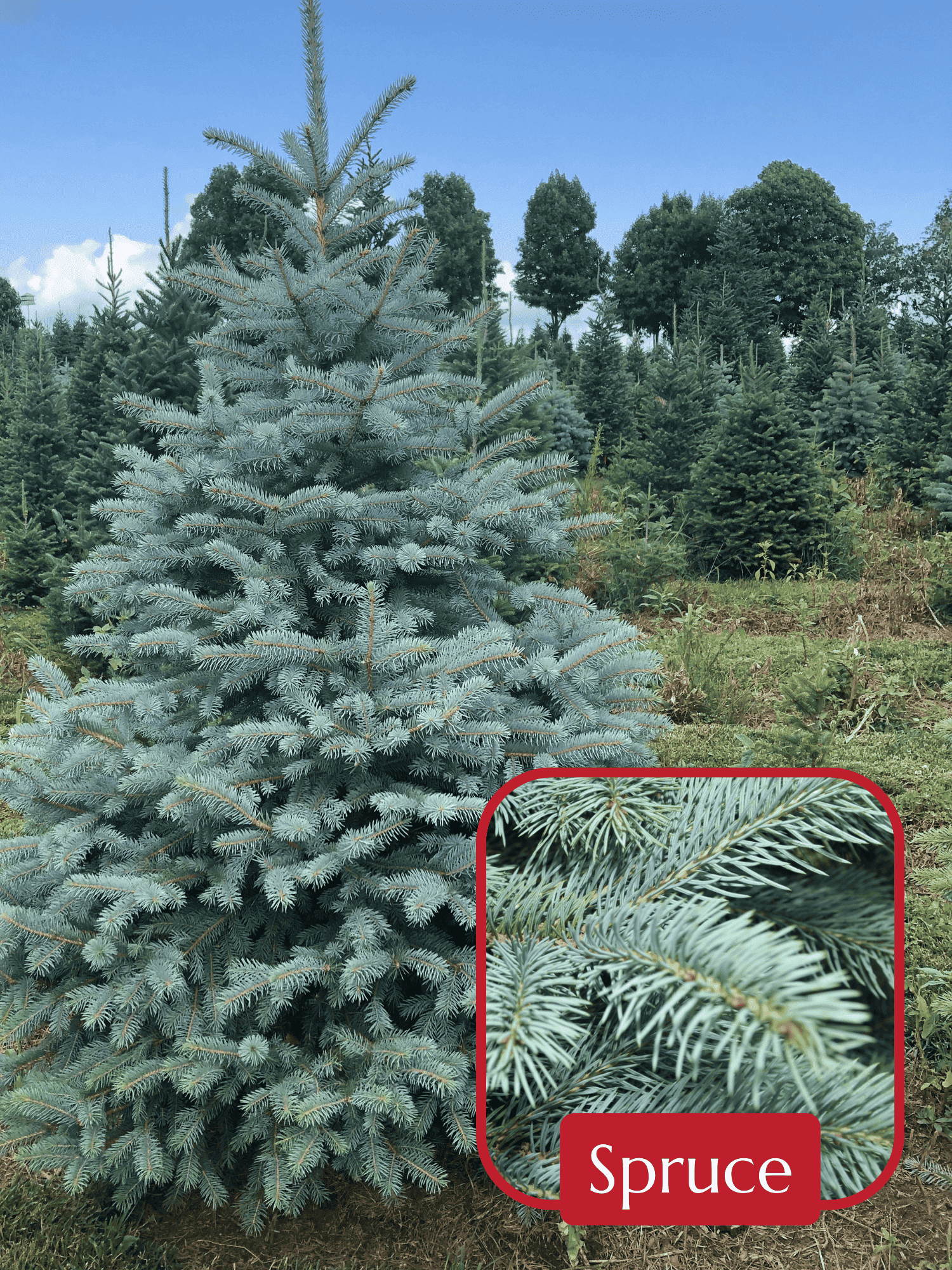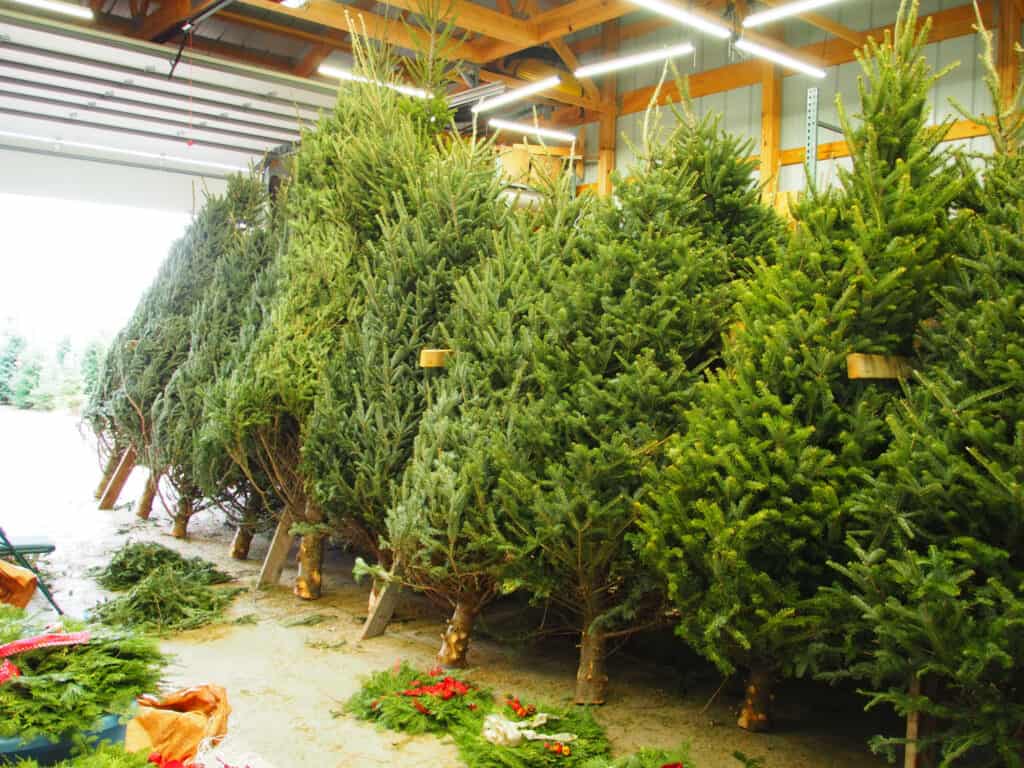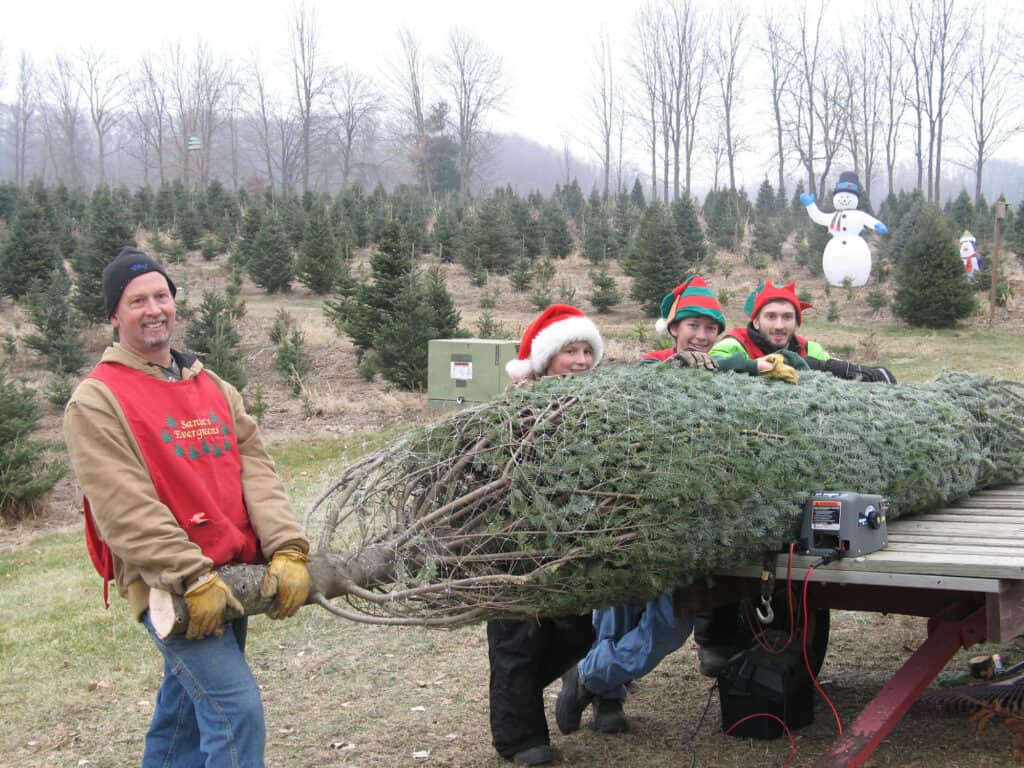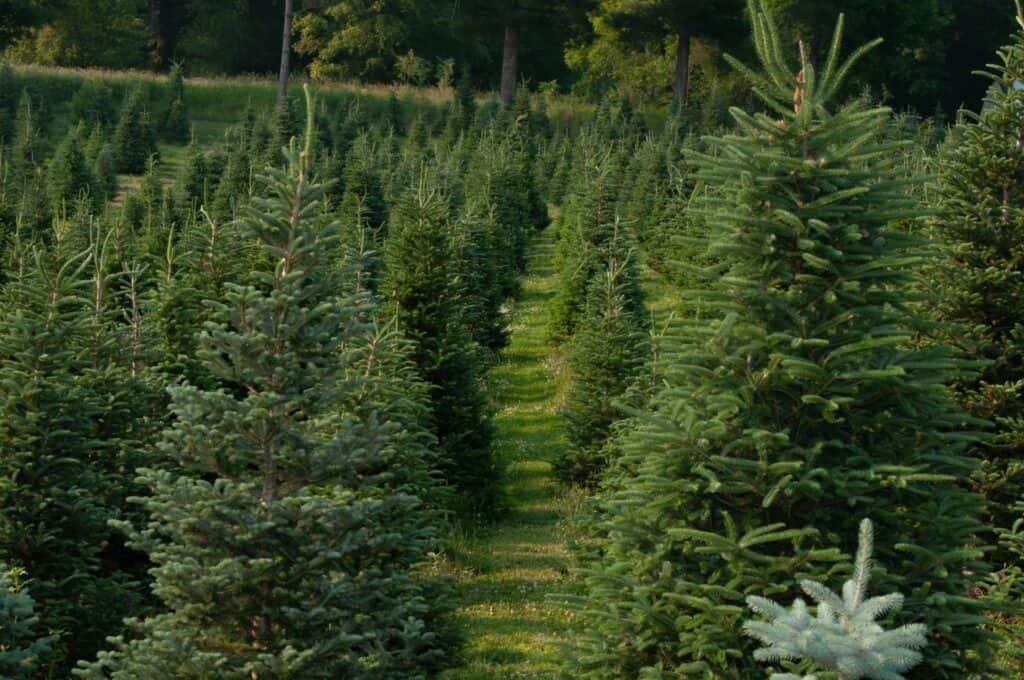Our Trees
Whether you want to cut your own Christmas tree or select one of our freshly cut Wisconsin trees we have the “perfect” one waiting for you.
Tree Selection
Selecting your perfect Christmas tree does not have to be difficult. By answering a few basic questions we can quickly get you heading in the right direction. These questions are the ones that we always ask when assisting a customer:
Our Services
At Santa’s Evergreens all of the following services are provided and included in the price of your tree:
- Saws and Mats – We have bow saws and carpet squares for you to use when cutting your tree. The carpet squares serve two purposes – protects you and your clothes from the saw blade when carried and can be laid on the ground to keep you out of the dirt/snow/mud when cutting.
- Tree Transport – While you are welcome to bring in your tree from the field, we are also willing to help out. Once cut, if you can get it to the nearest pathway, we will come out with an ATV and trailer and bring it in for you.
- “New Cut” – Whether it is squaring off your field cut or giving your Fresh Cut tree a trim to enable it to drink we will trim your trunk as necessary.
- Base Trim – We will remove any bottom branches that you would like removed.
- Tree Shaking – With few exceptions we shake every tree to remove dead needles and debris that is in the tree. Some trees are too large for this process and at times it may be too cold to shake the tree. In extreme temperatures we have had the shaking process knock the top off the tree.
- Tree Netting – This process condenses the tree to a much smaller size which makes it easier to put on your vehicle and get it into your house. We have two different sizes so no tree is too large.
- Tie On – We will tie your tree on your vehicle as long as we feel it is safe and will not damage your vehicle.
- Tree Drilling – If you have a stand that requires a hole in the trunk we will drill one for you. We have a machine, but ask that you be present to help with alignment purposes.
- Treat bags for children.
Pricing
Each tree that is for sale has a tag attached to it that indicates the species of the tree and the price of the tree. The price on the tag includes sales tax. All firs start at $13/ft and spruces start $11/foot. Price per foot increases for trees taller than 9 ft. Please note that the shape and fullness of a tree are considered when the trees are priced.
Pre-Selecting a Tree
We do allow pre-selection of trees to be cut down at a later date. Pre-selection is only allowed from November 1st – 22nd, 2024 and is by appointment only. To schedule an appointment contact us. There is a $25 charge for this convenience. Full payment for the tree and the “pre-selection” convenience fee must be made at the time of selection. Trees must be picked up no later than Saturday, December 7th, 2024. Due to the increased popularity of “pre-selection” there will be no exceptions made to the dates of “pre-selection” or pick up.
Tree Care
Once your tree has been cut (field or fresh cut) it needs to be placed in water. If you do not get it in water within a couple of hours it should be given a “new cut” an inch or two above the last cut just prior to getting it in water. The reason behind this “new cut” is that in the absence of water the tree actually tries to protect itself from loss of moisture by closing its pores in its trunk with sap. Once the pores are closed your tree will not drink. This “new cut” exposes open pores which will allow the tree to drink. If you don’t set up your tree right away, make sure you store it in a shady cool location away from heat sources. Keep your tree wrapped in the netting to protect the tree and possibly wrap it in a tarp to keep its moisture from evaporating.
Once your tree is up, Water. Water. Water. Your tree may drink a lot of water at first so make sure you keep an eye on it. Once the tree has climatized to your home it will even out on its water intake. Placement of your tree is also critical to its longevity. It is recommended that your tree is not placed in direct sunlight, over open heat registers, or near fireplaces.
